Sigma and Tamron lenses are now the best alternatives for purchasing 3rd-party glass. Their optics and technology have evolved so much that it is difficult to notice the difference. They are mostly available in all popular camera lens, therefore you should be able to use any of these regardless of your DSLR or mirrorless camera brand. See the best options in our list of 7 Best Sigma And Tamron Lenses:
1. Sigma 18-35mm F1.8 Art DC HSM:
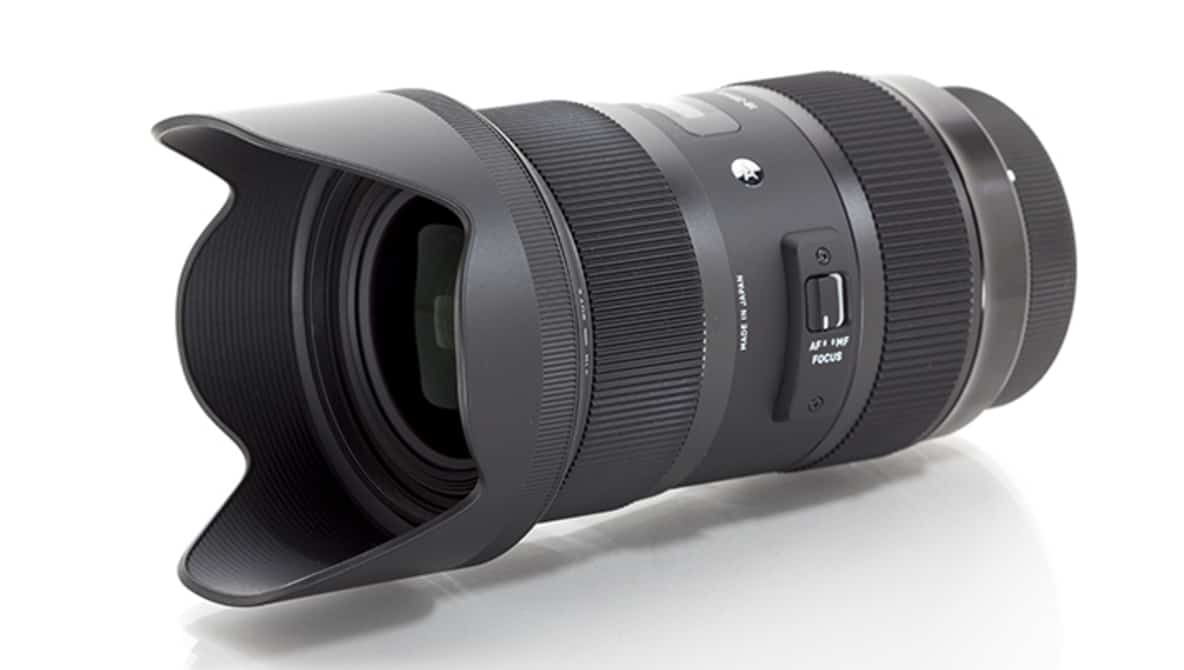
This is one of the most popular Sigma lenses you will find around. It is a very unique lens since it comes with a non-variable f/1.8 aperture, meaning, the same aperture is kept regardless of the focal length, unlike other lenses that close down aperture immediately you zoom in.
2. Sigma 50mm f/1.4 DG HSM:
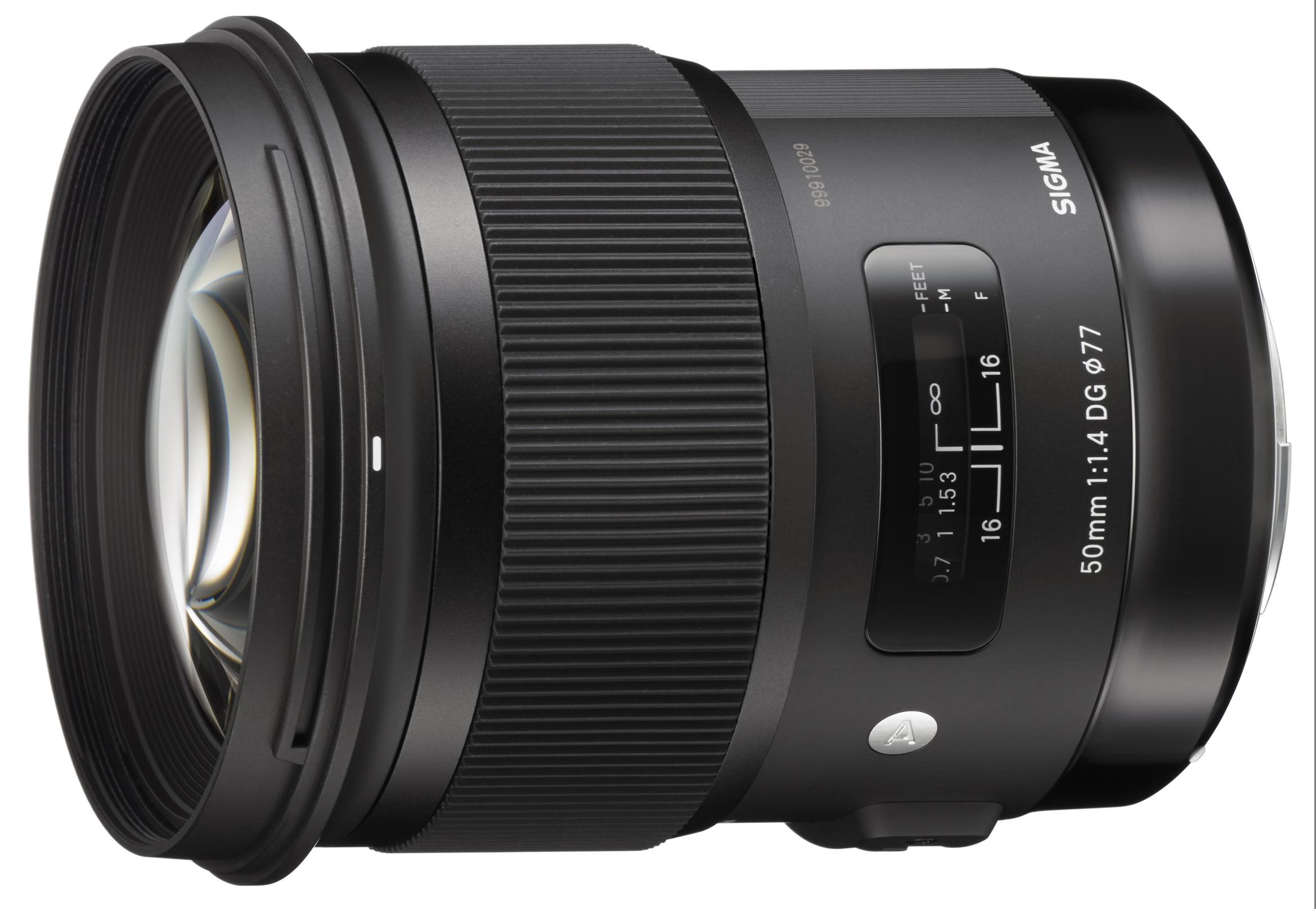
We should all have a 50mm wide aperture lens in our photography bag, and the Sigma 50mm f/1.4 DG HSM is a reasonable option in that regard.
Must Read: 10 Best Cameras With A Touchscreen
Even if a lot of 50mm prime glass comes with f/1.8 aperture, this particular lens actually offers f/1.4, meaning, you can allow more light in during lowlight situations.
3. Sigma 105mm F2.8 EX DG OS HSM Macro:
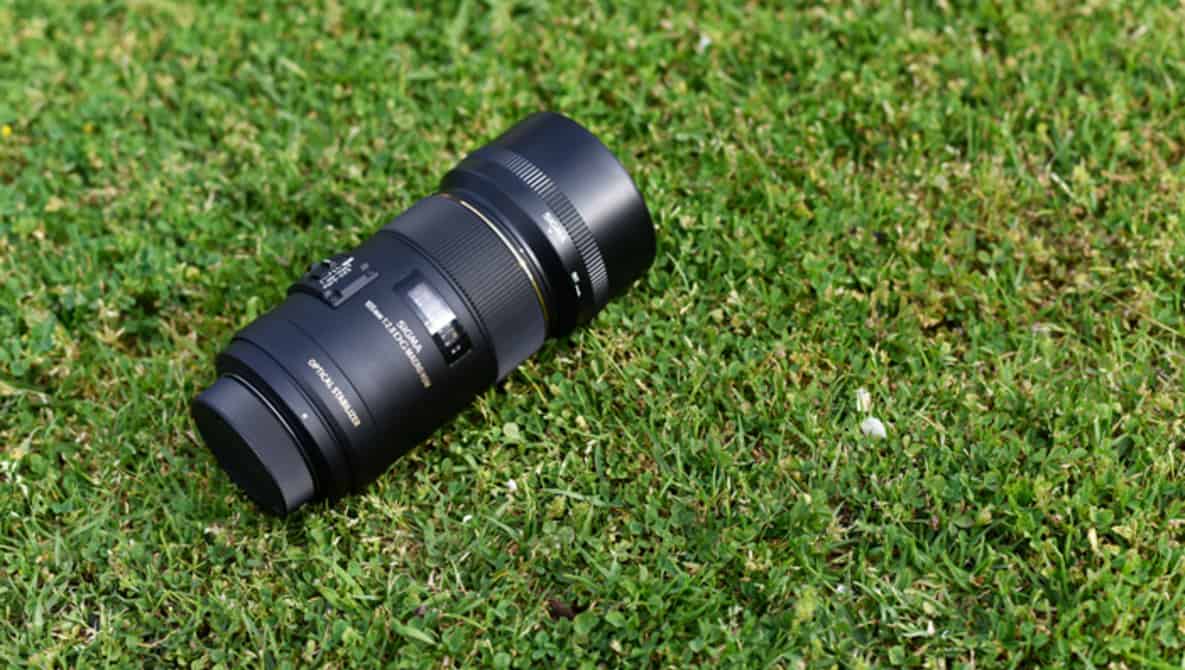
Another amazing investment for all photographers is a decent macro lens. Macro lenses help to focus at super close ranges and this particular lens has a minimum focus distance of 12.3 inches.
Must Read: 5 Best Point And Shoot Cameras
Its long 105mm focal length helps you get even closer, making it a decent option for those who wish to shoot little objects, close-ups, or insects.
4. Sigma 24-70mm F2.8 Art DG OS HSM:

This lens is the standard for professional photography. Its focal length is useful for general shooting situations, as it can photograph wide while zooming in superbly for several long-distance images. The edge it has over others is its ability to deliver a quick f/2.8 aperture at any focal length.
5. Sigma 70-200mm F2.8 DG OS HSM:

Still on the topic of best sigma and Tamron lenses. If you are desperately searching for more reach, the 70-200mm f/2.8 Sigma lens just ended your search. It comes with a non-variable aperture that remains wide open at all focal lengths. It is mostly used by sports and wildlife photographers, its optics are amazing and the price is super affordable.
6. Tamron 16-300mm F/3.5-6.3 Di-II VC PZD:
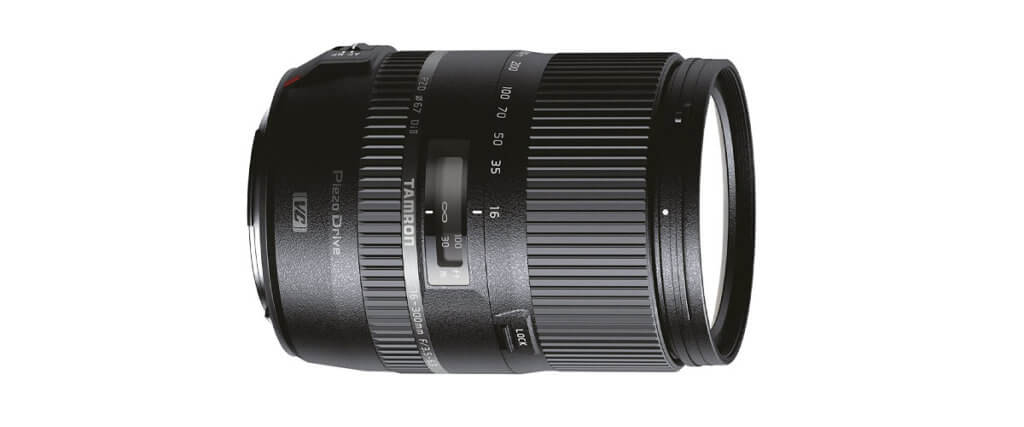
This lens might be the only Tamron lens you will appreciate and it is not too expensive. It might not come with a commendable wide aperture, but its focal range goes from 16mm to an applaudable 300mm. It closes you down as you zoom in too. The only problem here is that it is made for APS-C sensors, therefore, full-frame users cannot use it.
7. Tamron SP 45mm F/1.8 Di VC USD:
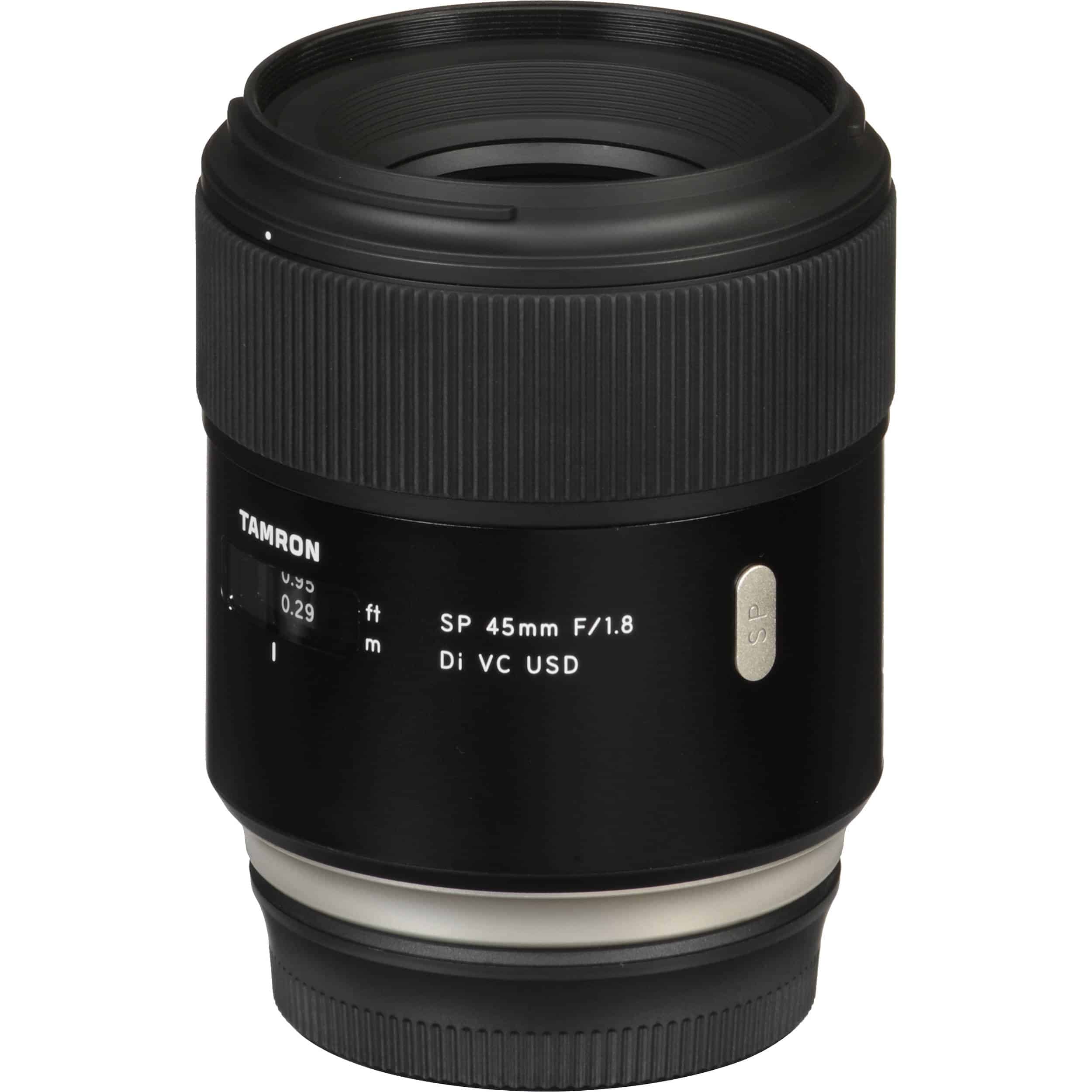
50mm prime lenses are not costly, they are smaller, possess wide apertures, and have amazing optics. We always advise photography beginners to start with a 50mm f/1.8 prime lens and this is a decent option to make that happen. Even if you can expect your shot to be a little wider, fortunately for users, they can get closer since the minimum focus distance is not too long at 11.42 inches.
More Information On Sigma Corporation:
Sigma Corporation is a Japanese company, manufacturing cameras, lenses, flashes and other photographic accessories. All Sigma products are produced in the company’s own Aizu factory in Bandai, Fukushima, Japan.
Although Sigma produces several camera models, the company is best known for producing high-quality lenses and other accessories that are compatible with the cameras produced by other companies.
Sigma has also made lenses under the Quantaray name, which have been sold exclusively by Ritz Camera. Similarly, Sigma lenses were sold exclusively by the former Wolf Camera, but following the merger of Wolf and Ritz, both brands can be purchased.
Sigma’s digital SLRs, the SD9, SD10, SD14 and SD15, plus the latest SD1 are unusual in their use of the Foveon X3 image sensor.
The company’s mirrorless cameras, the Sigma SD Quattro and SD Quattro H, use the Foveon Quattro sensor, an updated version of the Foveon X3.
All use the SA lens mount. The Sigma DP series of high-end compact P&S cameras also use the Foveon Quattro sensor, which gives them a much larger sensor than other cameras of this type.
In September 2018 Sigma became one of the founding members of the L-Mount Alliance; it announced that it will cease to develop SA-mount cameras and instead use Leica’s L-Mount. A new full-frame mirrorless camera, Sigma FP, was launched in 2019 along with a range of L-Mount lenses and adapters.
There you have it – a comprehensive list of best Sigma and Tamron lenses. If you have any personal favorites or other recommendations, feel free to drop them in the comment section below.



